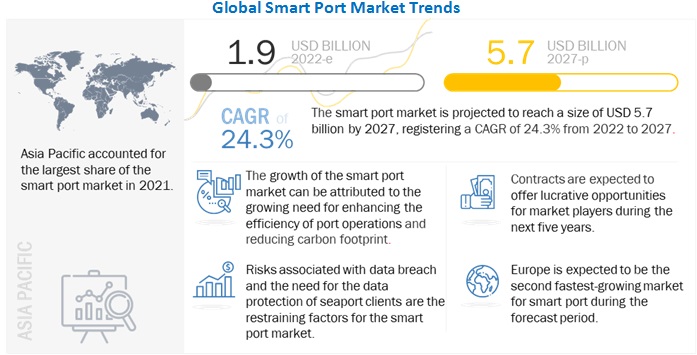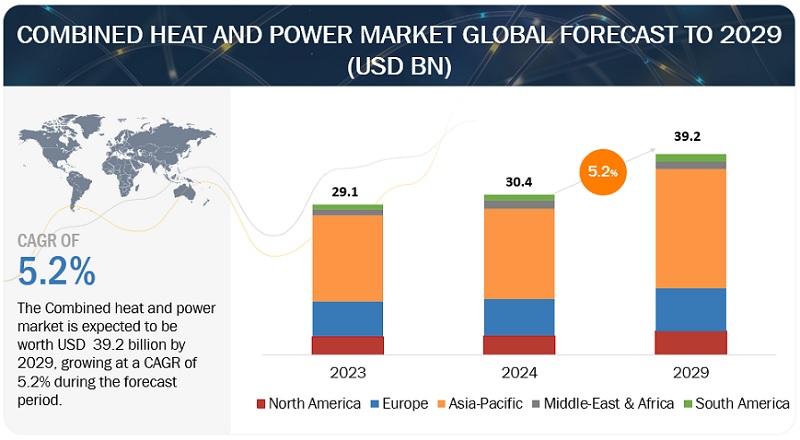According to a research report "Small Modular Reactor Market
by Reactor (HWR, LWR, HTR, FNR, MSR), Deployment (Single, Multi),
Connectivity (Grid, Off-grid), Location (Land, Marine), Application
(Power Generation, Desalination, Industrial), Coolant and Region -
Global Forecast to 2030" published by MarketsandMarkets, the
small modular reactor market size will grow to USD 7.0 billion by 2030
(forecasted year) from USD 5.7 billion in 2022 (estimated year), at a
CAGR of 2.7% during the forecast period.
The small modular reactor market has promising growth potential due to the low cost of SMRs due to modularization and factory construction. The global small modular reactor market is driven by the growing need for clean, reliable, and flexible power generation and helps in integration with variable renewable energy.
Download PDF Brochure @ https://www.marketsandmarkets.com/pdfdownloadNew.asp?id=5001546
The light-water reactor segment is expected to dominate the small modular reactor market, by reactor type, during the forecast period.
The light-water reactor segment holds the largest share of the small modular reactor market. Light-water reactor segment is also expected to be the fastest growing and this dominance of the segment can be attributed to the is the most commonly adopted SMR technology owing to factors such as low technological risks and ease of licensing, as regulators and developers are familiar with this technology.
The land segment is expected to be the largest small modular reactor market, by location, during the forecast period.
The small modular reactor market, by location, is divided into land and marine, wherein the land segment accounts for a largest share. The potential for the underground deployment of land reactors, enhanced protection from natural hazards, improved seismic capability, and higher thermal efficiencies are a few of the major growth drivers for the land segment. These SMRs also have simpler licensing processes compared with marine SMRs.
The Asia Pacific likely to emerge as the fastest growing small modular reactor market
In this report, the small modular reactor market has been analyzed for four regions, namely, Americas, Europe, Asia Pacific, and Middle East & Africa. Asia Pacific is a significant contributor to the small modular reactor market in the current scenario owing to a large number of SMR projects in China. For instance, various SMRs projects, such as the CAP200, the ACP100, the ACPR50S, and the HTR-PM, are being developed, in China. Furthermore, The region has witnessed a rapid growth in electricity demand in recent years due to the growing population, increasing per capita income, and a growing number of petrochemical refineries, coupled with urbanization. These factors are further expected to boost the adoption rate of SMR technologies.
Ask Sample Pages @ https://www.marketsandmarkets.com/requestsampleNew.asp?id=5001546
To enable an in-depth understanding of the competitive landscape, the report includes the profiles of some of the top players in the small modular reactor market.
Some of the key players are GE Hitachi Nuclear Energy (US), Moltex Energy (Canada), NuScale Power, LLC. (US), Terrestrial Energy Inc. (Canada) and Westinghouse Electric Corporation (US). The leading players are adopting various strategies to increase their share in the small modular reactor market.

